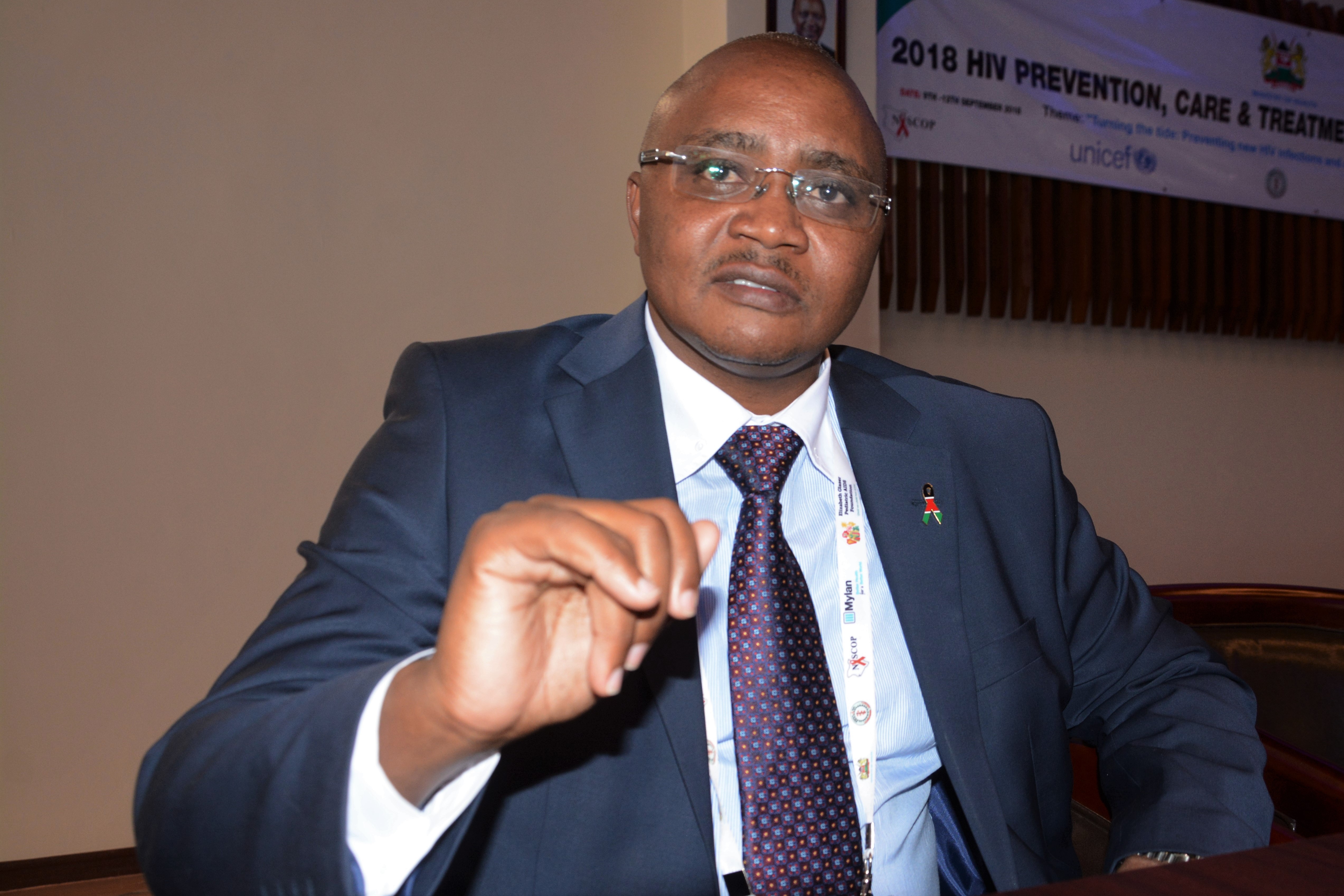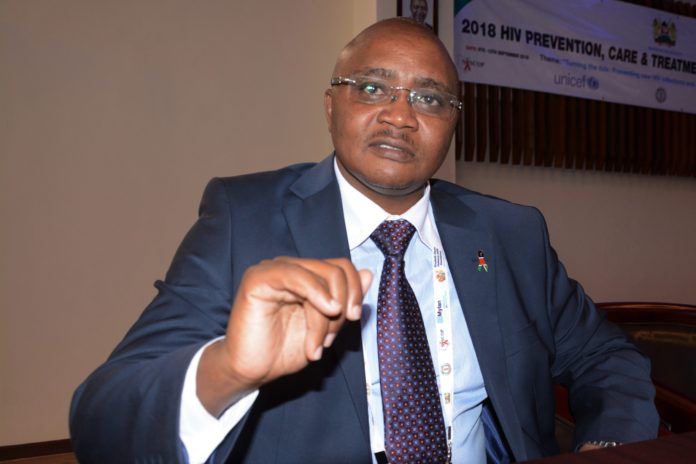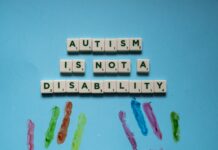By Clifford Akumu
Winning the war on viral load suppression among adolescents in Kenya has been cited as a major threat to the country’s dream of lowering HIV transmission rates among adolescents, health experts have warned.
We need to turn turn the tide in the fight against HIV, or else positive strides made in HIV management will “look like a drop in the ocean” in a country where half of new HIV infections is among adolescents and young people according to latest data.
Dr Eliud Mwangi, country director Elizabeth Glaser Pediatric Aids Foundation(EGPAF) said that to achieve viral load suppression especially among children and adolescents living with HIV, there is need to avail innovative care and retention programs.
Mwangi explains that the biggest challenge facing adolescents living with the virus is their inability to make decisions.
“We lose infants and young adolescents to HIV/Aids yet this is preventable. We have to start listening to each other, if we really want to achieve the goal of ending HIV/Aids by 2030,” he told Talk Africa during the 2018 National HIV Conference in Nairobi.
Kenya has 435,224 adolescents living with HIV.By the end of 2017, according to UNAIDS, adolescents aged between (10-19 years) contributed to 8200 new infections.
Worse still,51 per cent of adolescents and young people do not know their HIV status putting treatment and care interventions a tall order.
Mwangi added that EGPAF will soon roll out ‘teacher guides’ in schools and at community level to help adolescents and young people’s caregivers the tools for retention in HIV treatment programs.
The guides, he noted, will change the mindset surrounding stigma and discrimination meted on adolescents living with the virus especially in schools set ups.

“This guides will supplement most of our work that we are already doing around addressing HIV/Aids among adolescents. We run about 10 projects supporting adolescents in schools and community level especially on adolescent mothers,” noted Mwangi.
Worth noting the experts added, was the significant drop in transmission from mother to child in the past five years. According to reports, the transmission had dropped to just about two out of every fifty children born to parents living with HIV.
In 2013, for example, about four children out of fifty were being born with HIV.These Mwangi noted, has been as a result of partnership and innovative ways of prevention.














